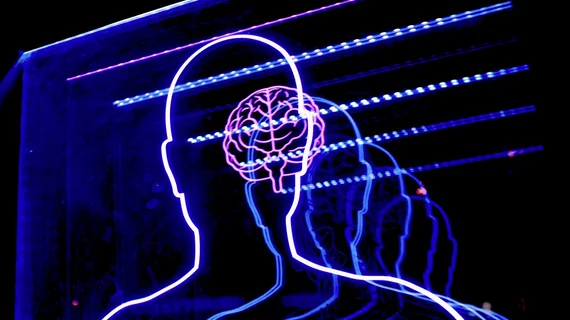Scientists develop new protein that could limit damage during, and after, a stroke
Neuroscientists have developed a new protein, TAT-DP-2, that could limit stroke-related brain damage, sharing their findings in Science Advances.
The protein was designed to prevent cell death through the disruption of two specific Kv2.1 channels. This keeps potassium from leaving the cells in question, which completely changes how they react during a stroke.
“No drugs exist in clinical practice that are capable of blocking the cell death that occurs following stroke,” first author Anthony Schulien, a medical student from the Physician Scientist Training Program at the University of Pittsburgh, said in a prepared statement. “These experiments provide exciting, early evidence of drug targets that we hope to one day translate to patients.”
Senior author Elias Aizenman, PhD, a professor of neurobiology at the University of Pittsburgh School of Medicine, added that the team’s research is also focused on neurons that typically die after a stroke has occurred.
“We are looking for ways to prevent these other neurons from dying, too,” he said. “If we can do that, recovery might be improved, and we might be able to better help people who have strokes in which the clot is in an inaccessible blood vessel or who could not get to the hospital in time for early intervention. With the right drug, we also may be able to slow the progression of a known stroke before a patient reaches the hospital.”
In the group’s research, mice injected with TAT-DP-2 after a stroke showed less damage from the incident than untreated control subjects. Even six weeks following the stroke, they wrote, “improved neurological function” was evident.
The full Science Advances study is available here. The team’s research was funded by a grant from the National Institutes of Health.

